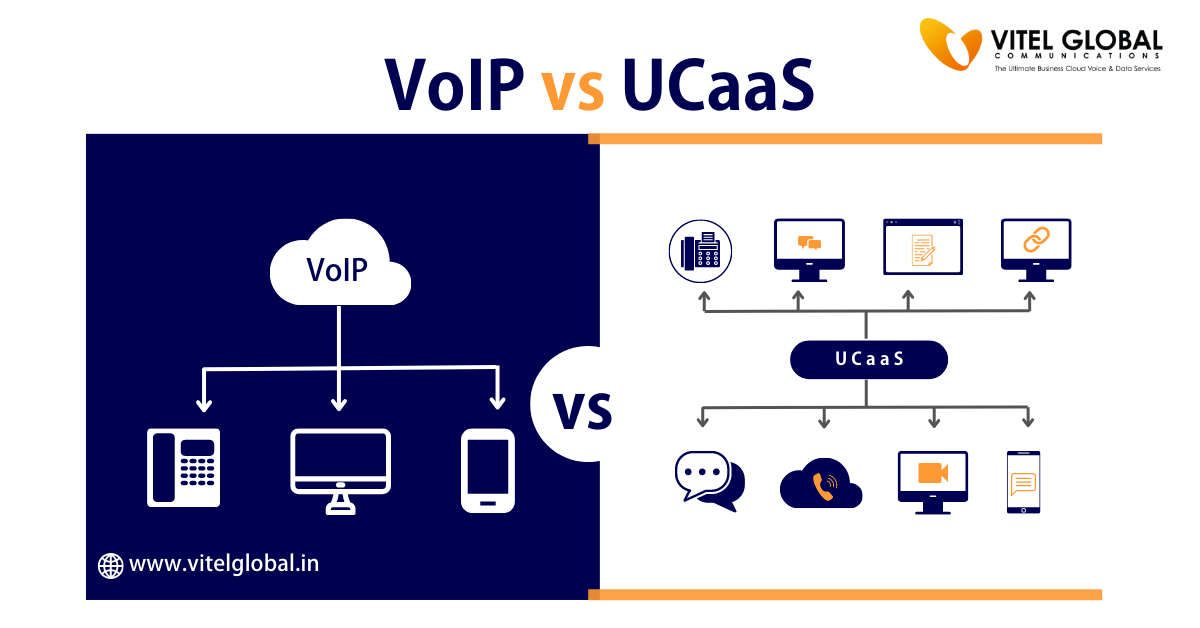Table of Contents
Call routing is of paramount importance in modern communication systems. Effective communication is the cornerstone of success for any organization. In a world driven by technology, where remote work and global collaboration are becoming increasingly common, a robust system is essential for managing incoming calls. Communication allocation is a key component of this system, and in this comprehensive guide, we will discuss what Telephony management is, its benefits, and the best practices to ensure that communication within your company is smooth and effective.
Understanding the Concept of Call Routing?
In a telecommunications network, telephony management controls how incoming calls are routed or forwarded to the proper destination. Typically, call routing occurs automatically without the caller’s knowledge. This process involves delivering or transferring calls from one number to another and using them for various purposes, including allocating calls based on location or connecting callers with the appropriate department or representative.
Call routing entails the establishment of a path for a call from its origin to its intended destination, which could be a specific extension, department, or phone number. Systems for call allocation are common in VoIP, traditional landline telephone networks, and mobile networks. However, organizations that desire more control over their call-handling process can also opt for manual routing solutions.
Different Categories of Call Routing
This is a versatile telecommunications process that encompasses various categories to ensure efficient and tailored handling of incoming calls. These categories include fundamental redirection, skills-based distribution, time-based routing, interactive voice response (IVR), geographic redirection, and queue-based redirection. Each type serves a specific purpose, enabling organizations to direct calls to the most appropriate destination, whether it’s a specific extension, a skilled agent, or a particular department. Understanding and implementing these categories is essential for optimizing customer service, enhancing efficiency, and achieving cost savings in today’s communication-driven business landscape.
Let’s look at some types.
Skills-Based
Using their abilities or areas of expertise, this method directs calls to certain departments or agents. Through IVR interactions or other methods, telephone handling systems can determine the needs of the caller and direct the call to the best team or individual who has the necessary skills.
Time-Based
Depending on the time of day or day of the week, calls may be routed differently. During regular business hours, calls might be directed to a receptionist or a particular department. Calls made on the weekends or after hours may go to a different location, like a voicemail box or an on-call staff.
Cost-Efficient
LCR chooses the most economical carrier or route for outgoing calls to reduce call expenses. This system decides the optimum path for each call to maximize cost efficiency based on variables like call prices, carrier agreements, and available network resources.
Fixed
This setup does not alter dynamically in response to particular circumstances or requirements. In fixed distribution, calls go to specified locations or numbers without changes or modifications based on the time of day, the location of the caller, or the availability of an agent.
When call redirection requirements are simple and do not necessitate frequent revisions, fixing this is beneficial. Small firms, for instance, may route calls straight to a receptionist or a particular extension without elaborate coordination schemes.
Geographic
The controlling of the Calls according to the geographic location of the caller. This is useful for businesses with multiple offices or call centres.
Based on Language
Incoming calls are routed to agents or locations based on the caller’s preferred language using language-based telephone redirection. This approach improves communication efficiency and client experience. This call-redirection technique is perfect for global franchises.
Benefits of Call Redirection
It offers a range of advantages, including improved customer service, increased operational efficiency, cost savings, personalized customer experiences, and enhanced reporting and analytics. By directing calls to the right destination, businesses can reduce wait times, provide tailored support, and gain valuable insights into their call traffic, ultimately fostering better communication and customer relationships. Let’s focus our attention on these advantages.
Improved Customer Service
Effective Communication distribution ensures that customers reach the right department or agent quickly, reducing wait times and frustration. This leads to higher customer satisfaction and loyalty.
Increased Efficiency
Calls are directed to the most suitable agents, resulting in faster issue resolution and better utilization of employees’ skills and time.
Cost Savings
By optimizing telephony management, organizations can reduce call handling times and avoid customers needing to call back multiple times. Costs will be reduced as a result, and resource allocation is better.
Personalized Customer Experience
Customized it allows organizations to provide a personalized experience for customers by connecting them with agents with the necessary skills and information.
CX Unleashed: Unlocking the Secrets of Customer Satisfaction
Enhanced Reporting and Analytics
These systems often provide valuable data and reporting capabilities, allowing organizations to gain insights into call traffic, agent performance, and customer behaviour.
Best Practices for Effective Routing
To make the most of Telephony management, organizations should adhere to best practices such as understanding their call flow, implementing skills-based redirection, utilizing an intuitive IVR system, leveraging time-based and geographic scheduling, analyzing data regularly, investing in agent training, planning for scalability, and continuous testing and optimization. These practices collectively enhance customer satisfaction, operational efficiency, and adaptability, allowing organizations to stay responsive in the dynamic world of communication. To fully leverage the benefits of this, organizations should follow these best practices:
Understand Your Call Flow
Before implementing telephony management, it’s crucial to have a clear understanding of your organization’s call flow. Identify common call types, peak call times, and the skills required to address specific issues.
Use Skills-Based Routing
Implement skills-based redirection to ensure calls are directed to the most qualified agents. This not only enhances customer satisfaction but also maximizes agent efficiency.
Implement an IVR System
Interactive Voice Response (IVR) systems can effectively guide callers to the right department or agent. Keep IVR menus clear, concise, and user-friendly to avoid frustrating customers.
Time-Based Routing
Utilize time-based routing to manage call traffic during different hours of the day. This helps in optimizing agent availability and ensuring that calls are respond promptly.
Geographic Routing
For businesses with multiple locations, geographic redirection is essential. Calls are directly managed to the nearest office or call centre, improving response times and reducing costs.
Regularly Analyze Data
Leverage your system’s data and reporting capabilities to continuously analyze call traffic, agent performance, and customer feedback. Utilize this knowledge to make wise judgements and changes.
Provide Agent Training
Invest in agent training to enhance their skills and knowledge. Well-trained agents can handle calls more efficiently and provide better customer service.
Test and Optimize
As your organization grows, ensure that your system is scalable and can adapt to increased call volumes and changing requirements.
Regularly test your system to identify and address any issues. Optimization is an ongoing process that ensures your system remains efficient and effective.
Hybrid Workforce Security: Safeguarding Data with Cloud Calling Solutions
Conclusion
Call routing is a fundamental component of modern communication systems, offering various benefits to organizations. By implementing best practices and tailoring your strategy to your specific needs, you can enhance customer satisfaction, boost efficiency, and ultimately drive success for your business. In today’s competitive landscape, efficient telephony management is not just an option but a necessity for organizations looking to excel in customer service and communication.







